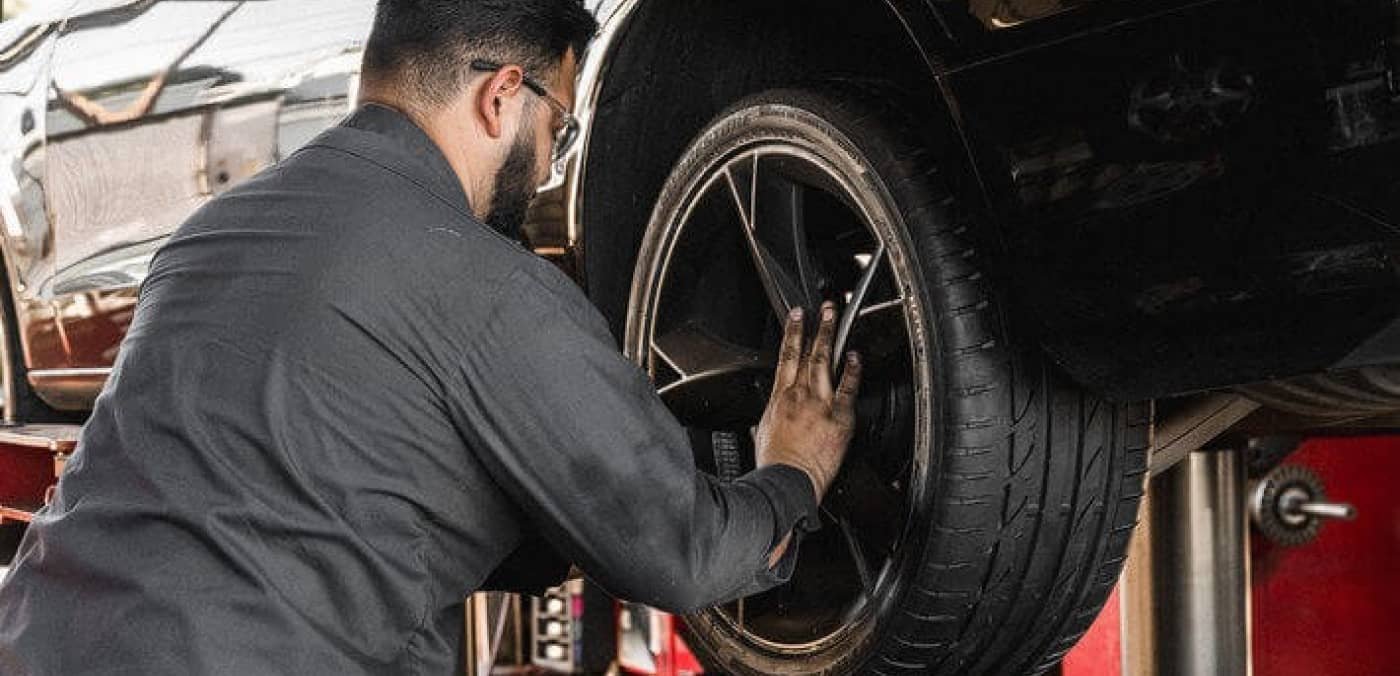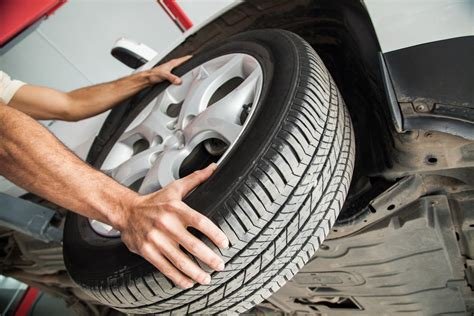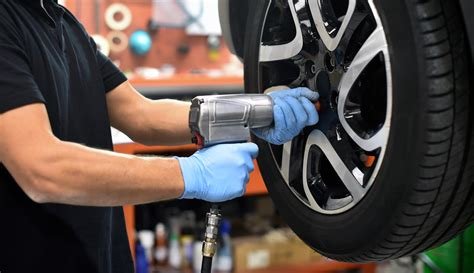Discover why tire rotation is crucial for vehicle safety and longevity. Learn how often to rotate tires, patterns to use, costs, and DIY tips.
Hello! If you want to keep your car in good shape, tire rotation is important. Regularly rotating your tires helps with vehicle safety and keeps them lasting longer. You should rotate your tires every 5,000 to 7,500 miles. There are different tire rotation patterns to know, like front-to-rear or cross-pattern. Also, you might wonder about the cost of tire rotation and if you can do it yourself. In this article, we will explain why tire rotation is important, how often you should do it, the different patterns you can use, and how much it might cost. Let’s dive in!
Why is Tire Rotation Essential for Vehicle Safety and Longevity?

Regular tire rotation is a critical aspect of vehicle maintenance that directly impacts safety and tire longevity. When you drive, your tires wear unevenly due to differences in weight distribution, road conditions, and driving habits. Rotating tires helps distribute this wear more evenly across all four tires, ensuring that they wear at the same rate. This not only extends the life of your tires but also improves your vehicle’s handling and safety on the road.
How Often Should You Rotate Your Tires?

The frequency of tire rotation depends on various factors, including your vehicle type, driving conditions, and tire manufacturer recommendations. Generally, it’s recommended to rotate your tires every 5,000 to 7,500 miles. However, if you frequently drive in harsh conditions or carry heavy loads, you might need to rotate your tires more often. Signs of uneven wear, such as vibrations while driving or a noticeable difference in tread depth between tires, can also indicate it’s time for a rotation.
Understanding Different Tire Rotation Patterns
There are several tire rotation patterns, each designed to accommodate different types of vehicles and driving setups. The most common patterns include:
- Front-to-Rear: This is straightforward, where front tires move to the rear and vice versa.
- Cross-Pattern: In this, the tires are switched diagonally, meaning the front left tire moves to the rear right, and the front right tire moves to the rear left.
- X-Pattern: Similar to cross-pattern but applied to all tires, so all four tires change their position.
The correct pattern depends on whether your vehicle is front-wheel drive, rear-wheel drive, or all-wheel drive. Front-wheel-drive vehicles, for example, typically experience more wear on the front tires, making a front-to-rear pattern particularly effective.
The Cost of Tire Rotation: What to Expect

The cost of tire rotation can vary, typically ranging from $20 to $50 per service. This price can depend on factors such as the type of vehicle you drive, your location, and whether any additional services like wheel alignment or tire balancing are needed. While this might seem like a minor expense, regular tire rotation can save you money in the long run by preventing premature tire wear and the need for early replacement.
DIY Tire Rotation: A Step-by-Step Guide
If you’re handy and have the right tools, rotating tires yourself can be a cost-effective option. Here’s how you can do it:
- Gather necessary tools: You’ll need a jack, lug wrench, and jack stands.
- Loosen lug nuts: Before lifting the car, slightly loosen the lug nuts on all four tires.
- Lift the vehicle: Use the jack to lift the car and secure it with jack stands.
- Rotate the tires: Follow the appropriate rotation pattern for your vehicle.
- Tighten the lug nuts: Lower the vehicle and tighten the lug nuts in a star pattern to ensure even pressure.
While DIY tire rotation can save money, it’s important to do it correctly to avoid safety issues. If you’re unsure, it might be worth paying for a professional service.
How Tire Rotation Affects Other Aspects of Vehicle Maintenance
Tire rotation is closely linked to other aspects of vehicle maintenance. For example, regular rotations can help you spot issues like misalignment or imbalanced tires, which can cause uneven wear and reduce tire lifespan. Additionally, properly rotated tires contribute to better fuel efficiency and smoother rides, as all tires will have similar tread depth and wear.
In summary, tire rotation is essential for maintaining your vehicle’s safety and extending tire life. Regular rotations help ensure even wear and better performance. Remember to rotate your tires every 5,000 to 7,500 miles, choose the right pattern, and consider both DIY and professional options based on your needs. Feel free to leave a comment, share this article, or explore more on our site for additional tips and information.
FAQs about Tire Rotation
How Often Should I Rotate My Tires?
Tire rotation is essential for maintaining even tire wear and extending the lifespan of your tires. Generally, it’s recommended to rotate your tires every 5,000 to 8,000 miles or approximately every six months. However, this can vary depending on your vehicle’s make and model, driving habits, and the type of tires you use. Regular rotation ensures balanced tread wear, leading to better handling and improved safety on the road.
Why Is Tire Rotation Important?
Regular tire rotation helps ensure that all four tires wear evenly, which can lead to a smoother ride, better fuel efficiency, and prolonged tire life. Since different tires on your vehicle can experience varying levels of stress, rotating them helps distribute the wear more evenly. This not only enhances your vehicle’s performance but also improves safety by maintaining optimal traction.

What Happens If I Don’t Rotate My Tires?
Failing to rotate your tires can lead to uneven tire wear, which reduces the lifespan of your tires and can cause issues with vehicle handling. Over time, uneven wear can result in poor traction, increased risk of blowouts, and the need for premature tire replacement. In extreme cases, it could even lead to accidents, especially in adverse driving conditions.
Can I Rotate My Tires Myself?
While it’s possible to rotate your tires yourself if you have the right tools and experience, it’s often recommended to have a professional do it. Tire rotation involves moving tires to different positions on your vehicle according to specific patterns. A professional can also inspect your tires for any signs of damage, check air pressure, and ensure that your tires are properly balanced, which are critical for maintaining vehicle safety and performance.
What Tire Rotation Pattern Should I Use?
The best tire rotation pattern depends on your vehicle type and the type of tires you have. Common patterns include the front-to-rear for vehicles with directional tires and X-pattern for non-directional tires. For all-wheel-drive vehicles, the rearward cross is often recommended. Always consult your vehicle’s manual or a tire specialist to determine the best pattern for your specific situation.